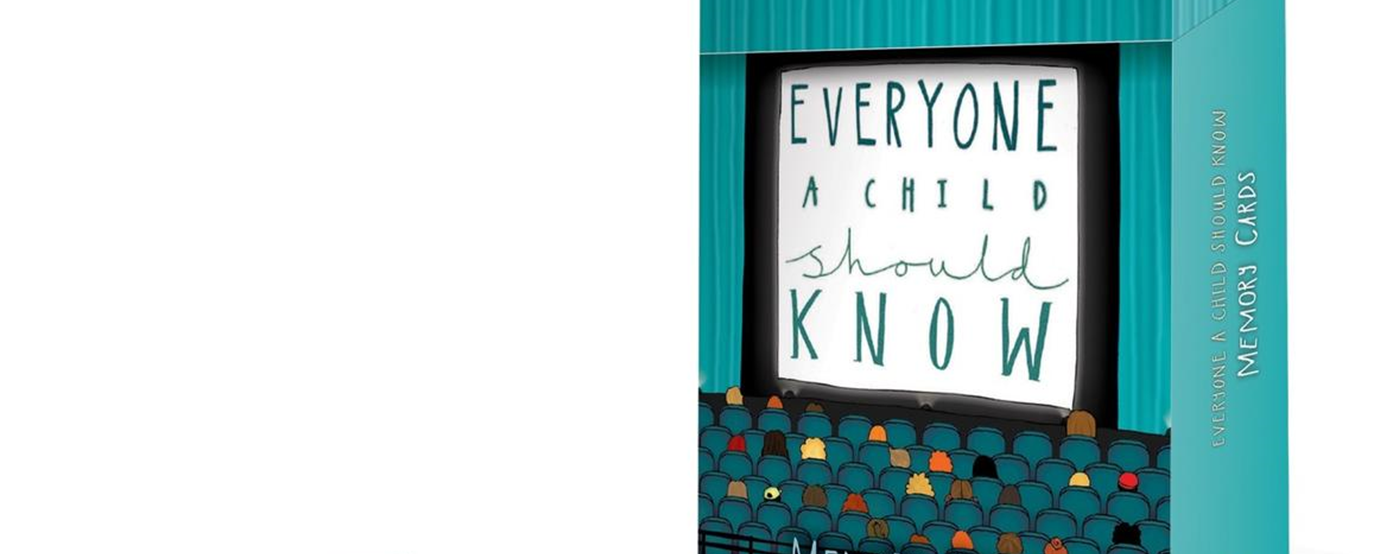I don’t know if you are like me, but history only seems to come alive for me when I look at it through the characters who have inhabited the years. A good biography about a person who lived in a bygone age usually stimulates me to find out more about that chapter of history. Or perhaps the subject of a TV drama or documentary sets me off in search of the truth.
I certainly did little relevant history in school and hardly covered church history in my biblical studies degree, so I’ve been playing catch-up ever since.
More recently I have become fascinated with teaching Christian biography and history to children and students. I have been pleased that Christian publishers have had the same interest and there are now a number of good series available for the younger age group from publishers such as Christian Focus, for example their trailblazer series and their series on ten boys and ten girls who changed the world, Day One and now 10Publishing.
Why is teaching church history to children important?
It is not that we want to neglect Bible teaching – but there is more we can do to show children the reality of faith in action. There are plenty of true stories to tell about Christians that show children real superheroes. Here are good reasons to be intentional about this.
- Teaching children about church history demonstrates that we have a historical faith – not a faith based on myth and legend.
- The Scriptures encourage us to look back at history. Read Deuteronomy 4:32-34 and 32:7-9.
- History is important in the Bible, as we see from the importance given to parents sharing the history of God’s people with their children in passages in such as Deuteronomy 6:20-23.
- The ignorance about the powerful influence that Christianity and Christians have had on UK society and culture needs to be challenged.
- Finding out about church history gives us examples of people of faith to emulate, but also shows us that they were fallible, frail people who followed a great big God.
- Church history is replete with figures who are sources of inspiration and are role models.
How do we teach church history to children?
The popular secular series of history books for children, Horrible Histories, captures their imagination through the deliberate intent to make history personal, interesting and memorable. Let’s learn from this approach and find out how to make church history come alive.
A New Resource – Everyone A Child Should Know
10Publishing have recently brought out a hardback book for younger children, with a set of accompanying memory cards to introduce the next generation to important historical figures. The book is written by Clare Heath-Whyte who has already brought women in church history to our attention in her two books, Old Wives Tales and First Wives Club.
The book and card set are called Everyone A Child Should Know. Each of the 52 characters from history has a one-page biography together with a contemporary illustration, a short memory verse and each story ends with a personal challenge. There is a good mixture of men and women from the 4th century to the present day. Each story is simply told with appropriate language for primary school age children. The book certainly lends itself to being read aloud to this age group.
However, the book is a resource for so much more. It could provide the basis for:
- Talks at weeknight children’s meetings. The memory cards could be used for a quiz and to recap.
- A children’s talk series in a church service.
- A series of school assemblies.
- A school assembly series on values.
- A holiday Bible club series.
- A series at a church camp for all-age worship.
- A series at an after-school club.
- A project for a lesson in school. This lends itself to the possibility of extension work, by giving the children research tasks, e.g. to find out about Lord Shaftesbury’s charity today.
- A school project on real superheroes.
- Characters could be used in schools for National Book Week with children dressing up as these characters and telling their stories.
Copies of the book could be donated to local lending libraries and school libraries. The attractive, contemporary cover would mean that it could well be put on display. And of course, the book is attractive enough to make a good prize or a present.
